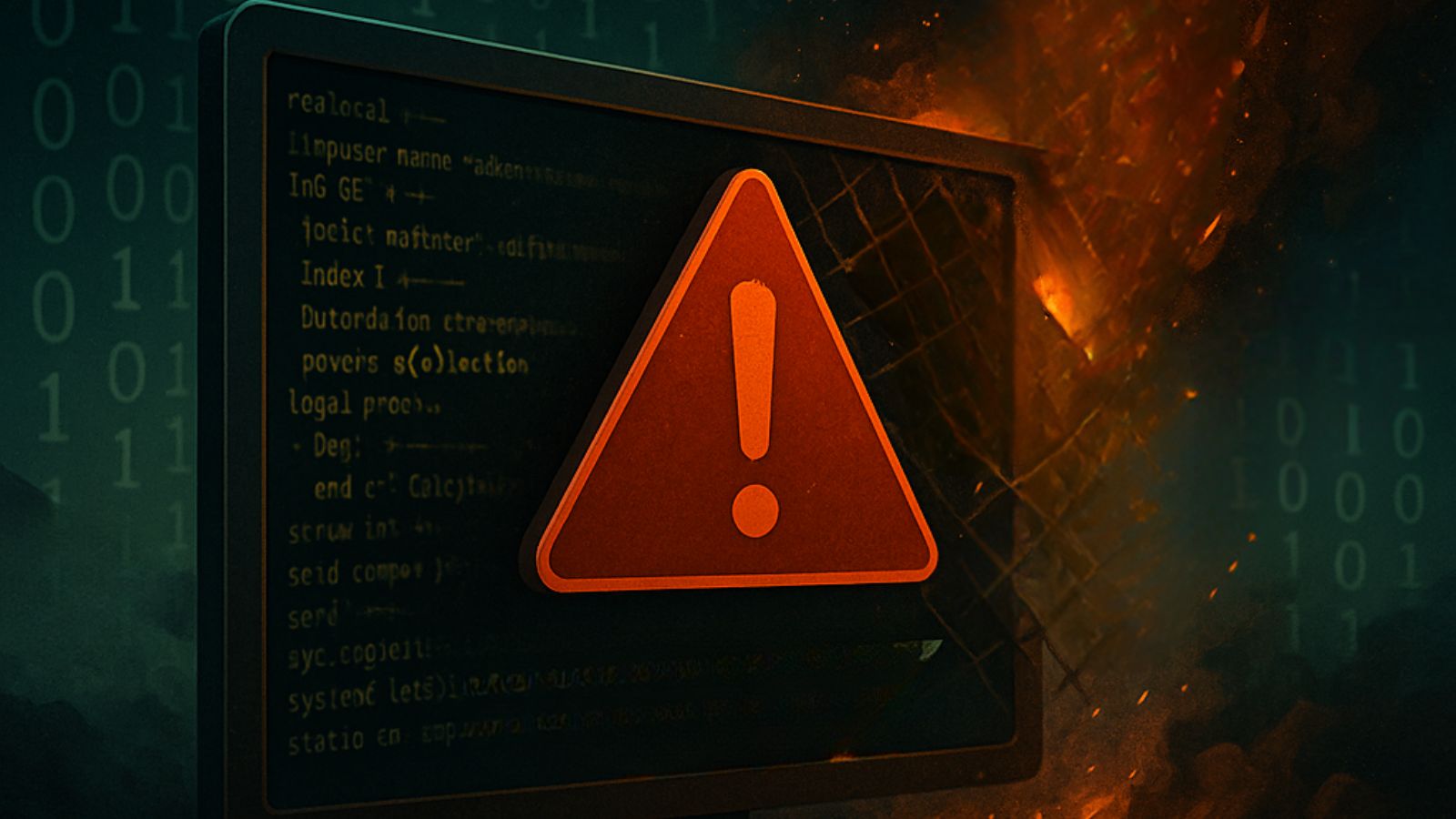
The Ultimate Work From Home Guide in 2020
We never saw it coming, but seemingly overnight, millions of people have now confined to their homes because of a historic pandemic, only leaving to attend to the most important business. Despite this, life must go on. More specifically, work must continue. The problem is that most people have never worked exclusively from home, which means you may not know how to do it efficiently and with minimum hassle. Luckily, we are very experienced in working from anywhere in the world with an Internet connection. You can now take a few minutes to learn the ins and outs of remote work, so you don't have to learn the same hard lessons we did in this brave new world of remote work.
Setting the Work From Home Boundaries
The biggest challenge one faces when working from home is keeping work and home separate from each other. Without a physical space to remind you that you are in work mode, you need to set rules. Which will your working hours be? When and for how long will you take a break?
If you share your home with family or roommates, you need to spell out the rules for them as well. Just because you are at home, does not mean that you are available. One good trick is to use text messaging. If someone needs your attention, have them send you a text message just as they would if you were at work. Unless its an emergency, you can then deal with that text when you have a chance. Likewise, if you've set your work hours to start and end at certain times, obey your own rules. Don't be tempted to work longer hours. Keep the dividing line between work and home clear and concise.
Preparing a 'Work From Home' Space
At work, you're provided with an office space that's (hopefully) been designed for productivity. At home, you may have no reason to set this sort of space aside. Every person is going to have a different situation when it comes to setting up their home workspace, but there are some pretty universal rules.
The most important thing for any workspace is that you need to make it distraction-free. Trying to work on your couch where everyone else in your family is constantly present might turn out to be bad for productivity. It's particularly crucial if your work requires problem solving and concentration. You need three to four hours at a time without interruption. Now's the time to take over the guest bedroom or lay claim to a room with a door that locks, which isn't too close to sources of noise.
Assuming that you are doing desk-based work, you also need to make sure that you have good ergonomics. This means having a chair with decent back support and, if possible, lifting your monitor to eye level so that you don't need to hunch. If you have some budget to spare, consider getting a monitor riser or gas-lift VESA mount arm. Alternatively, putting your screen or laptop on a stack of books can also work.
Investing in a good ergonomic keyboard and mouse is also a great idea. If your employer hasn't provided you with them, that is.
Getting the Right Gear
If you're lucky, your employer may have allowed you to take your work computer home, or perhaps you have a work laptop anyway. If you don't have a computer at home and are now in a position where you need one to do your work, what is the right move? Most of us don't have the disposable cash lying around to order a new computer casually. More and more people aren't bothering with personal computers since a smartphone or tablet is more than enough for standard computing needs. What you might not know is that most smartphones and tablets are now powerful enough to be used as general work computers as well.
Android devices have mouse and keyboard support by default. Connect your phone or tablet to a keyboard and mouse, and you can easily do everyday productivity tasks. If the screen on your device is too small, you can use an HDMI adapter to connect it to a monitor or TV. Certain phones, such as Samsung Galaxy S models past the S8, have a Windows-like desktop mode. You can also look for a desktop mode application in the Google Play Store. If you do have a laptop computer, you might want to connect it to a monitor so that you can use a dual-monitor setup.
Check out our excellent roundup of remote work gadgets for some specific recommendations.
Essential Software and Services
By far, the most important aspect of getting ready to work from home is the set of software tools and services that you use to bridge the gap between yourself and your workplace. The good news is that most people who do the sort of daily office-based work that's viable from home can just keep on using many of the same tools, especially if the employer has provided them.
It means that, mainly, you'll have to find replacements for those job functions that usually require your presence or getting together with team members to plan or collaborate. To give you an idea of the sort of changes you'll have to make, let's look at some of the best examples in each category of tools.
Productivity Suites
Most people are probably using something like the Microsoft Office productivity suite every day at work. Word, Excel, Powerpoint, and other vital applications make up the lifeblood of daily business. That's fine in general, but if you need to create or edit documents collaboratively, you don't have the option of getting together in a meeting space to do it. Using a live collaboration suite means that you and all of your team members can be anywhere in the world, yet work on one single cloud-based document.
A much more efficient way to work at a distance than taking turns editing the same Word document or spreadsheet is using Google Drive and its apps, such as Docs and Sheets, as this is the gold standard in collaborative online productivity. However, if you're already using Office 365, then you can simply make use of Office Live, which is very similar.
Video Calls
Similarly, Skype for Business is a great way to handle large conference calls. You can also use Microsoft Teams for face-to-face group video calls. Most ongoing team collaboration would be handled better by an application such as Slack.
We also strongly recommend looking at services such as Trello, which offers a streamlined way to manage projects and day-to-day tasks.
Cloud Storage
Cloud storage is also essential. Office 365 subscribers already have a sizeable OneDrive storage space, but you can also store files in Google Drive or DropBox.
Now you're covered for productivity, collaboration, team communication, and shared data storage - all the essentials of remote work. That leaves one major concern: your Internet connection.
Internet Connection and Security
Without the internet, remote work is impossible. It's not just a matter of having a Web connection, but the type of internet you have at home will have a real impact on how well you can work from home.
Let's start by considering the type of connection. A fixed broadband connection is going to provide the best reliability and stability for work from home. Mobile broadband is pretty good these days, but service interruptions and degradation can happen quickly.
If your work doesn't need rock-solid performance internet, then mobile is just fine, of course. However, mobile data costs can also be prohibitive. Consider moving to an unlimited plan or bulk data plan while working from home.
What's even more important is the security of your internet connection - especially given that you are going to be sending tons of private company information over the net. If your company offers its in-house VPN, you should use it! However, we do strongly suggest using split-tunneling if you do that on a personal computer. If there's no VPN, then consider getting your own VPN service. ExpressVPN is always near the top of our recommendations, but there are plenty to choose from. There are many reasons why remote work is so much better with a VPN, one of them being data security.
The Ultimate Work From Home Guide?
We call this the "ultimate" guide not because it's comprehensive, but because it covers all the main pillars you need to consider. There isn't only one remote work recipe out there that will work for everyone. However, everyone has to solve the same standard problems and cover the same bases. Think through each one, choose a solution that works for you, and your transition to remote work will be a smooth one!














